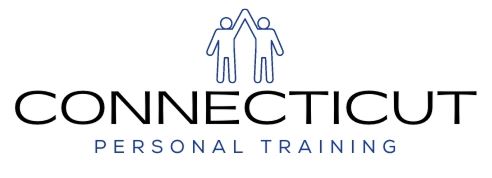Everybody starts a workout routine with a specific goal in mind, and our job, as personal trainers, is to guide and coach you to help reach that goal. In order to achieve that, one of the most important steps i is tracking one’s progress to make sure that you are headed in the right direction.
One popular myth that has circulated, lately, and has become very prevalent among a lot of group training is the concept of muscle confusion. Muscle confusion is the idea of doing a different workout every single day in order for the muscles to be “confused” and, thus, respond better to exercise stimuli, because our muscles do (eventually) adapt.
Many people find this concept enticing because a new stimulus sounds like a more exciting routine than completing certain exercises for a set number of weeks, and then switching up your routine into different exercises. If your goal, however, is to increase your muscle mass and get stronger–and also lose fat– then changing up your workouts so frequently is not the most effective way to reach those goals.
Our bodies are amazing in the way that they adapt and the stress that we put them under, but they do not adapt after doing something only one time. They adapt by increasing the stress, or load, put upon them in the exercise over a set period of time, usually over four to six weeks, when working with your personal trainer. This is known as the progressive overload principle, which states that in order for progress to occur, a gradual increase in intensity, volume, frequency and/or time must occur in order to achieve the targeted goal. What this means, in a nutshell, is that if you want to improve your fitness, you must force your body to adapt to a tension above and beyond what it has experienced in the past. Therefore, we track our workouts and perform them for a certain number of weeks before switching the exercise, but we manipulate the exercise being performed with an increasing amount of weight, or an increased amount of time so you do get something new out of it, but are also progressing in the correct way.
Whether you are working with us one-on-one or in a small group setting, we encourage you to set goals within each workout, so you can see your progression within. This can be lifting a heavier weight for a specific exercise, holding a plank longer before failure, or completing more repetitions within a 45 second time window, just to give a few examples. By pushing yourself in these ways, you will see a change in yourself and reach new heights with your fitness level.



